Now in NFL Concussion Protocol, New England Patriots quarterback Drake Maye will have to clear a five-step checklist before he can return.
During Sunday’s 25-22 win over the New York Jets, New England Patriots quarterback Drake Maye left the game early. On Monday morning, head coach Jerod Mayo confirmed Maye is now in the NFL Concussion Protocol.
Concussions are handled differently than other injuries in the NFL. While most injury situations are handled in-house by the team’s medical staff, the NFL itself has a “concussion checklist” that players must pass through before being allowed to return. All decisions during the process have to be confirmed by an Independent Neurological Consultant (INC).
Developed by the NFL Head, Neck, and Spine Committee in 2011, the checklist in a five-phase process (seen below) that eases players into returning. It’s based on the monitoring of systems rather than a day-to-day timeline.

Under this policy, it’s rare for players to return the week after suffering a concussion. Of course every concussion is different, so there’s no definitive timeline, especially this early in the process.
Here’s a more in-depth look at the five phases Maye will have to clear before he can return to action for the Patriots, via NFL.com…



